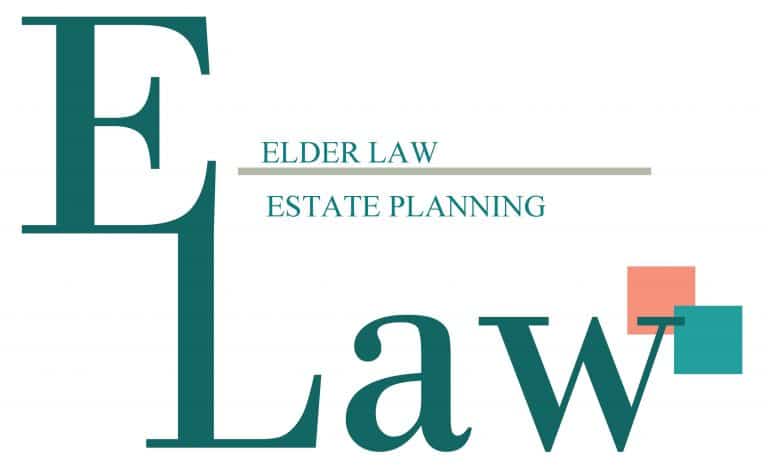Twenty and thirty-year-olds are busy building their lives, starting or growing careers, exploring personal goals, repaying student loans, and maybe starting a family. They’re young and healthy and think nothing can happen to them—but that’s not true. A recent article from Kiplinger titled “You’re Not Too Young for an Estate Plan: 7 Essentials for Your 20s and 30s” explains why even a single, twenty-year-old with student loans needs an estate plan.
Student loans. Federal student loans discharge upon death, so no further payments are needed, including any federal Parent PLUS loans parents may have taken out. However, the decision is up to the lender for private student loans. If the student took out a private loan, the institution might forgive the loan. However, if a parent or another adult co-signed the loan, they might be responsible for paying the entire loan. The exception: if the loan was made after November 20, 2018, the co-signer might be protected by the Economic Growth, Regulatory Relief, and Consumer Protection Act. If you took out loans after getting married, the surviving spouse would likely be required to pay the loan if they co-signed the loan or if you live in a community property state.
Health Care Directive and Health Care Power of Attorney. The Health Care Directive tells your family what you would want if you were near death, whether by injury or illness. Healthcare providers are obligated to follow your directions as stated in this document. Without it, you could be on life support for many years, regardless of your family’s wants.
A Health Care Power of Attorney is used to name someone you trust to act as your “agent” if you become incapacitated. This document is focused on your care and medical treatments. It lets your agent speak with your health insurance company, obtain access to medical records and discuss your care with healthcare providers.
Last Will and Testament. This document isn’t just for people with homes, families, and retirement accounts. Young people have property, too—your car, personal possessions, and whatever financial resources you may have accumulated. If you have a will, you can direct who you want to receive what you own. Without one, the court will decide who gets your possessions, and your family won’t have any say. With a will, you can determine who receives your property, including your digital assets. You’ll also name an executor in the will—the person in charge of distributing your property. An estate planning attorney will create a document to comply with your state’s laws. It doesn’t have to be a complicated document, but it is an excellent way to ensure your loved ones know your wishes.
Retirement Accounts and Beneficiaries. These accounts may not be as robust as they will be later in life. However, they are still yours. Ensure you have named beneficiaries you want to receive the accounts if you die. Singles may name a sibling, parent, partner, or family member to receive these assets.
Digital Assets. A digital life means you need a digital estate plan. Create an inventory list of your digital accounts, usernames, and passwords. If an account has two-factor authentication, indicate how another person might gain access to the account. Please don’t include this information in your will, as it becomes a public document after being submitted to the court for probate. Tell a trusted family member where the inventory is located—research how crypto assets are passed if the original owner dies if you own cryptocurrency.
Guardianship. Your will is used to name a guardian for minor children. Without it, the court will appoint a guardian, and it may not be the family member you wish it would be.
Don’t Forget Your Furry Friends. You can add a pet guardianship clause to a will or create a pet trust to ensure that your pet stays with a trusted friend or family member who has agreed to care for your pet. You can also set up a pet trust to set aside funds for your pet’s care, including food, veterinary visits, toys, training, and treats.
Reference: Kiplinger (August 22, 2022) “You’re Not Too Young for an Estate Plan: 7 Essentials for Your 20s and 30s”



